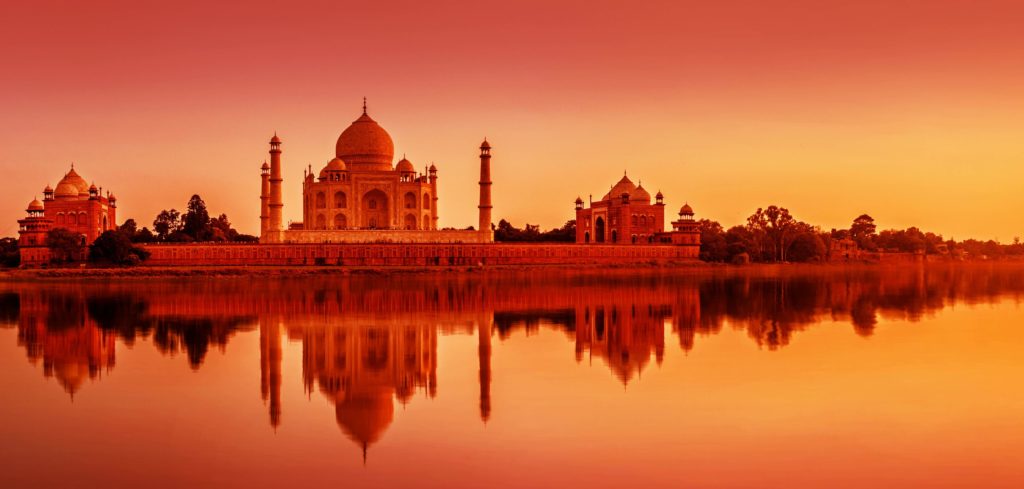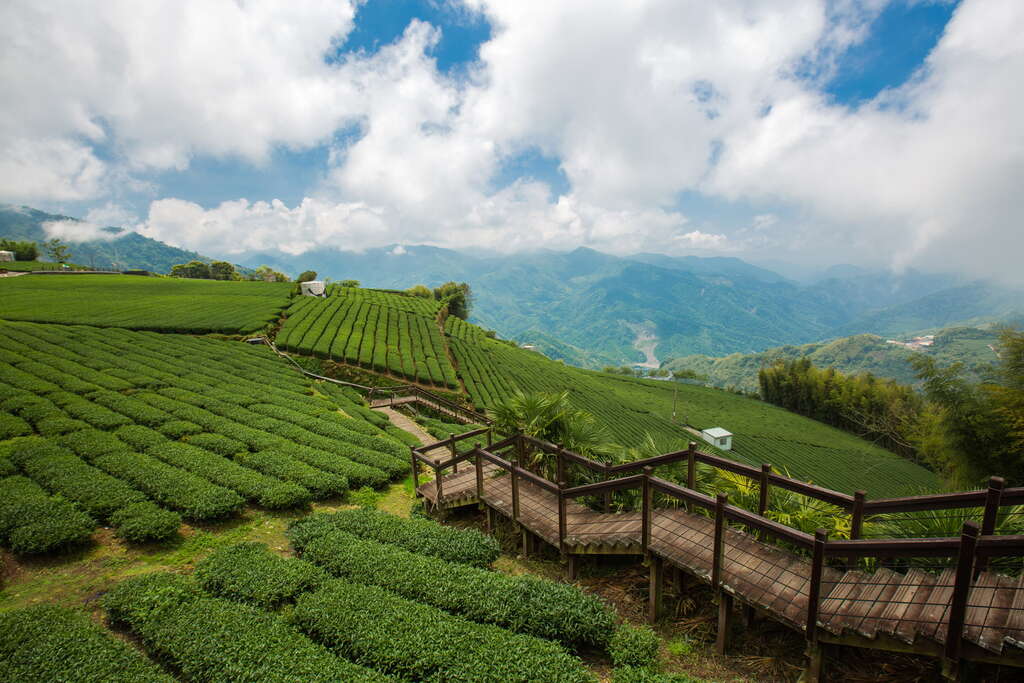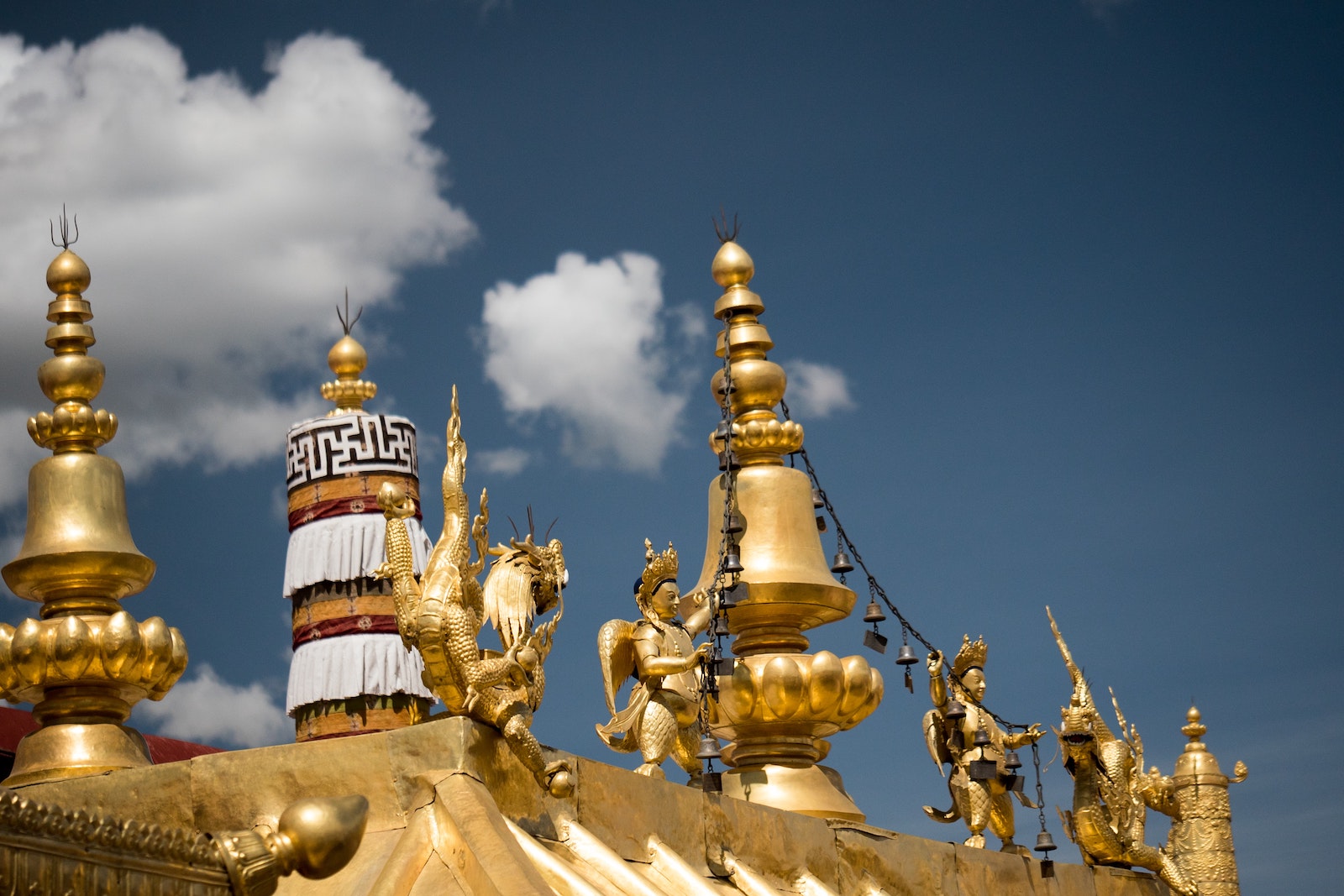7 Days Gujarat Architecture Tour
Tour Overview
Gujarat Architecture Tour has been specially designed by our tour experts to allow tourists to admire different forms of architecture in Gujarat. The 7-day tour lets tourists visit several tourist spots, including museums, palaces, wells, religious shrines, etc. All structures portray a different architectural style and boast of the history of the region. The tour includes visits to Ahmedabad, Lothal, Modhera, Patan, Adalaj Stepwell, Bhuj, and Mandvi. During the tour, tourists will also be able to learn about the culture and lifestyle of people living in Gujarat. Moreover, tourists can taste local delicacies during Gujarat Architecture Tour. Now that you know what all you can do by taking up Gujarat Architecture Tour, delay no more and book the tour now.
Tour highlights
- Pay a visit to the famous Swaminarayan Temple
- Marvel at the wonderful architecture of Aaina Mahal
- Appreciate the collection at the Kutch Museum in Bhuj
- Explore the Sun Temple at Modhera
- View the combination of Hindu and Muslim architectural styles at Jama Masjid, Ahmedabad
Day 01 AHMEDABAD
Arrive Ahmedabad and transfer to hotel.
Morning visit Swaminarayan Temple: A religious cult followed by Swami-Narayan followers. It is one of the sects of Hinduism & the devotee’s worship Lord Krishna by the name of Swaminarayan. This temple is built by Swaminarayan followers. It stands as a good example of exquisite wood carving.
Followed by a walk through ‘Pols’ in old city (typical Gujarati adjoining houses colonies). A Pol is a small residential unit consisting of a single street with a group of houses, which is usually protected by a massive gate at the entrance. When the gate is closed, the entire street becomes one big house often inhabited by people of the same trade or even by relatives. A compact housing cluster with dead-end streets forms a distinctive residential pattern within a Pol.
Thereafter visit Jumma Masjid (Mosque) the most beautiful mosque in east. Built in yellow sandstone, this Friday Mosque, is a best combination of Muslim & Hindu architectural style. It stands on 260 pillars supporting 15 domes at varying elevations.
Visit Siddi Saiyed Mosque. A part of the wall in the old citadel of the mosque, is renowned the world over for its exquisite stone window tracery – a superb & peerless example of delicate carving that transforms stone into filigree.
Later on, visit ATMA House (LE CORBUISER): The present office building of ATMA is a modern monument and a landmark in architectural history. The building is symbolic of the patronage and modernistic aspirations of the Ahmedabad textile community as well as a refined example of the work of its Swiss-French architect – Charles Eduoard Jeanneret better known as Le Corbusier.
The Mill Owners’ Association Building, as it is known, was the first commission to be completed in 1954. The building is located on Ashram Road, in the western part of the city, overlooking the river Sabarmati.
Indian Institute of Management. In 1962, Indian architect Balkrishna Doshi invited Louis Kahn, one of the most influential architects of the 20th century, to design the building for the Indian Institute of Management (IIM) in Ahmedabad.
Sanskar Kendra – Ahmedabad City Museum : The museum is a prism that rises from ground level on Pilotis level of an array of 7 x 7 meters, forming walkers fourteen feet wide spiral circulations generated within the building. It currently has ground floor to four floor levels, a roof (the deck is a concrete slab is covered with a layer of lightweight concrete, then a waterproof layer, then cover it for different layers of earth and gravel to fill all “vessels” with water) and a Hormgión (floors are concrete and the woodwork and doors are steel extrusions and riveted laminated steel).
Overnight at the hotel in Ahmedabad.
Day 02 AHMEDABAD – LOTHAL – AHMEDABAD (Driving time approx.. 03hrs one way)
Breakfast at the hotel and proceed for the excursion to Lothal & Sarkhej Roza.
Lothal: A perfect place to get an insight of the Indus Valley civilization. The most dominating site at Lothal is the massive dockyard spanning an area of 37 meters by 22 meters perhaps the greatest work of Maritime Architecture. Lothal was also famous for its arterial streets, microbes of gold, ivory and coppersmiths’ workshops, potteries and underground sanitary drainage. It is located at a distance of 78 kms from Ahmedabad.
(Closed on Fridays).
Sarkhej Roza: Is about 8 kilometres away from the city, Sarkhej Roza comprises one of the most elegant architectural complexes of Ahmedabad. Grouped around a great stepped tank is the tomb of the saint, Ahmed Khattu Ganj Baksh (1445), the mosque (1451), the tombs of Muhammad Shah Begada and his queen, the palace and pavilions.
Overnight at Hotel in Ahmedabad.
Day 03 AHMEDABAD – MODHERA (Driving time approx. 03hrs) MODHERA – PATAN (Driving time approx. 01hrz) PATAN – ADALAJ STEPWELL (AHMEDABAD) (Driving time approx. 03hrs)
Breakfast at the hotel and proceed for an excursion to architectural beauty of Sun temple at Modhera, then proceed to Rani-ki-vav at Patan and a beautiful step well at Adalaj.
Modhera: The Sun temple of Modhera is one of the finest examples of Indian architecture of its period. Built in 1026 A.D. the temple is dedicated to the Sun-God, Surya and stands high on a plinth overlooking a deep stone-steeped tank. Sun Temple of Modhera was built by King Bhimdev I (1026-27) and bears some resemblance to the later and far better known, Sun Temple of Konark in the state of Orissa, The main hall and shrine are reached through a pillared porch and the temple exterior is intricately and delicately carved. As with the temple of Somnath, this fine temple was ruined by Mahumad of Ghazni.
Patan: Home of the famous patola silk saris, Patan is a beautiful old town with Jain temples and carved wooden houses. Rani ki vav (step well) is an excellent example of subterranean architecture of Gujarat. The exclusively carved side walls, pillars, beams, series of steps & platforms lead to the elaborately carved water well. Every surface is adorned with finelly chiseled sculptures of maidens & Hindu deities, religious motifs & geometrical patterns. Rani ki Vav represents the finest of the Indian sculptures and architecture.
Adalaj Step-well: Situated 17 km north of Ahmedabad, this step well at the village of Adalaj is another fine example of magnificent architectural form. ‘Adalaj Vav’ is richly carved. Every pillar and wall surface is covered with leaves, flowers, birds, fishes and friezes of ornamental designs.
Return back to Ahmedabad
Overnight at Hotel in Ahmedabad.
Day 04 AHMEDABAD – BHUJ (Driving time approx. 07hrs)
Breakfast at Hotel, Check out and drive to Bhuj.
BHUJ: The historic city of Bhuj derives its name from the Bhujiyo Dungar, a hill, overlooking the present day Bhuj town. Bhuj is a typical example of a desert town located between two geographical features – Bujiyo Dungar on the East and Hamirsar lake on the West.
Visit Aaina Mahal: It was constructed by Rao Lakhpatji In 1750 A.D., who was a great patron of art, architecture, music and literature. Aaina Mahal( the palace of mirrors) is a unique example of an Indian palace built in the mid-eighteenth century with European influence.
Prag Mahal: Rao Pragmalji II undertook the construction of Prag Mahal and appointed the famous architect – Colonel Henry Saint Wilkins to design it. Constructed in the Italian Gothic style, it has a large Darbar Hall, big rooms, wide verandahs & a 45 meter high lofty bell tower. It was built using the various types of stones available in Kutch region. This is a fine example of Indian craftsmanship combined with European architectural design.
The Kutch Museum: Formerly known as the Ferguson Museum, It was founded by Maharao Khengarji in 1877 AD and is the oldest museum in Gujarat. Constructed in the Italian style, the museum is located in picturesque surroundings on the bank of Hamirsar Lake. Other places of interest at Bhuj are- Cenotaphs of Kutch rulers, Snake Temple at Bhujiyo Hill Fort, Swaminarayan temple, Vegetable market, Hatkeshwar temple & Alfred High School.
Overnight at Hotel in Bhuj.
Day 05 BHUJ – DHOLAVIRA) – BHUJ (Driving time approx.. 05hrs One way)
Early morning excursion to Dholavira.
Dholavira: Dholavira is the larger of the two most remarkable excavations of the Indus Valley Civilization or Harappan culture, dating back to 4500 years ago. While the other site, Lothal, is more exhaustively educated and easier to reach, a visit to Lothal only complements, rather than replaces, a visit to Dholavira.
It is being surrounded by the Great Rann of Kutch, is a unique insight into the pioneering Harappan mind, with one of the world’s earliest and best planned water conservation systems and what might be the world’s first signboards, written in ancient Indus script.
Overnight at Hotel in Bhuj.
Day 06 BHUJ – MANDVI – BHUJ (Driving time approx. 02hrs one way)
Breakfast at the hotel and proceed for full day excursion to Mandvi.
Mandvi is located on the banks of the Rukmavati River, barely one km from the Arabian Sea at the Gulf of Kutch. The town has a very pleasant climate throughout the year and it was a summer retreat of the Kutch Maharaos.
The center of attraction at Mandvi is the Vijay Vilas Palace, a royal abode set in the middle of well-laid gardens with water channels and marble fountains. The architect and craftsmen from Jaipur designed and constructed the palace in 1920 AD. The palace has all the elements of Rajput architecture and draws largely on the plan of palaces of Orchha and Datia. It is an example of the traditional skill of craftsmen of early 20th century.
Visit Ship building yard. On the banks of the Rukmavati River, just south of the bridge, you can visit the still-active shipbuilding yard. Craftsmen still assemble ships out of wood, for local or international guests, and you can feel free to watch them work. It is gives an opportunity its watch handmade ship being built which will make one truly appreciate craftsmanship. The process is long and elaborate and shoddy workmanship means risking sailors’ lives.
Day 07 BHUJ
Breakfast at the Hotel and drive to the airport to board flight for your next destination. We hope you enjoyed your trip with Services International Pvt. Ltd. We hope to see you again soon to explore some other part of Incredible India.


